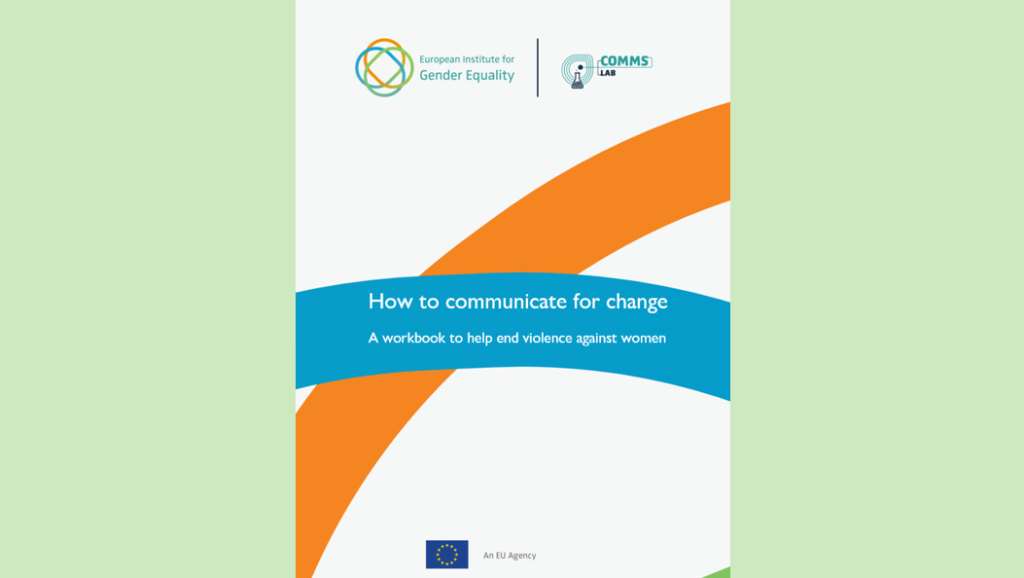The European Institute for Gender Equality (EIGE) has published the dossier How to Communicate for Change, a guide on how to use communication as a tool to respond to gender-based violence.
The document provides key insights into how to help change the social narratives that perpetuate the normalization of violence against women, based on the central idea that language is not neutral—that the words and expressions used in the media shape social perceptions. How to Communicate for Change invites readers to reflect on everything from headlines that romanticize violence to institutional discourses that make the structural causes of the problem invisible.
The text suggests making visible stories that not only denounce violence but also show possible paths toward overcoming it. Ultimately, it calls for moving from narratives centered on fear or pain to narratives that move forward, since speaking about active solidarity or preventive education is also a way to communicate against gender-based violence.
In this regard—and very importantly—the document encourages communicating with truth, empathy, and hope, and stresses the ethical responsibility of communicators. It urges them to avoid sensationalism, morbid curiosity, or the unnecessary exposure of victims, since doing so helps prevent revictimization and further violence.
Communication can be a transformative tool in service of women’s rights—or, on the contrary, it can revictimize and perpetuate violence and inequality. At a time when anti-feminist discourse seems to be gaining ground, EIGE reminds us that communicating truthfully is also a way of fighting against violence. When communication is driven by the desire to gain audience or is based on lies—no matter how “feminist” it may appear—it remains reactionary, and its impact ultimately serves violence.
Article translated from Diario Feminista
Cofounder of "Sherezade: Dialoguing Feminism" Women's Group


